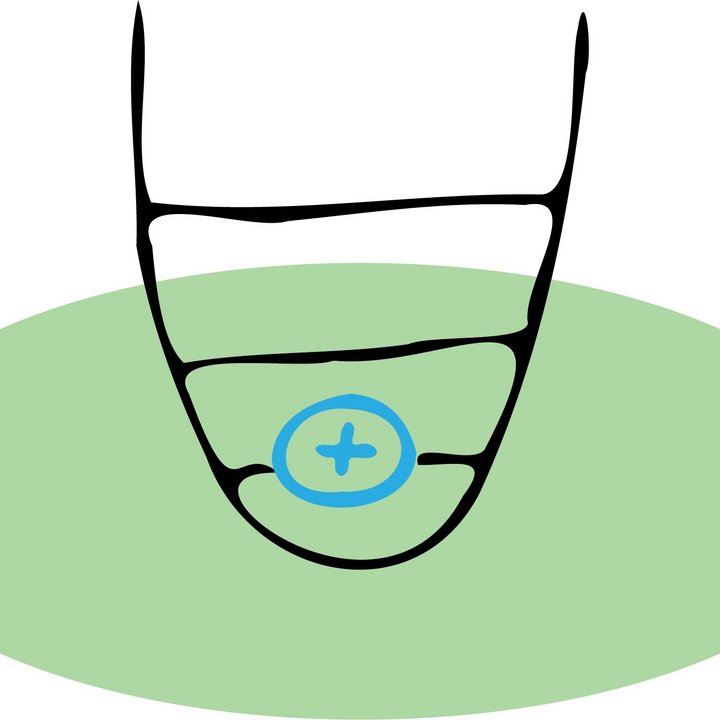Sensing Interactions in atomic quantum systems
Interacting (many-body) systems are ubiquitous in Nature, yet the universality in their building blocks enables us to simulate and study them using scale models in the laboratory. Trapped ions and ultracold neutral quantum gases are among the key platforms that facilitate this analog quantum simulation. However, to fully benefit from combining these fields and creating a hybrid ion-atom system, it is essential to understand, characterize, and control the interactions between the atoms and ions. Our experiments focus on this exploration and on using this knowledge to enhance our understanding of quantum chemistry, cold molecules, impurity physics, and quantum simulation of many-body systems. Hybrid ion-atom systems benefit both from the spatial localization and addressability of the ions as well as the long coherence times and scalability of the atoms.
Current group members
- Dr. Rianne Lous (PI)
- Claudia Galantini (PhD Candidate)
- Luc Verwaal (PhD Candidat)
- Borys Lelonkiewicz (BSc student)
Former group members
- Iris Podbevsek (MSc student 2024)
- Rogier Venderbosch (MSc student 2024)
- Luuk van Leendert (BSc student 2024)
- Evan Ichir (MSc Intern 2024)
- Jasmine Frijters (BSc student 2023)
- Louis Timmermans (BSc student 2023)
Meet some of our Researchers
Contact
-
Teamlead
-
Teamlead
